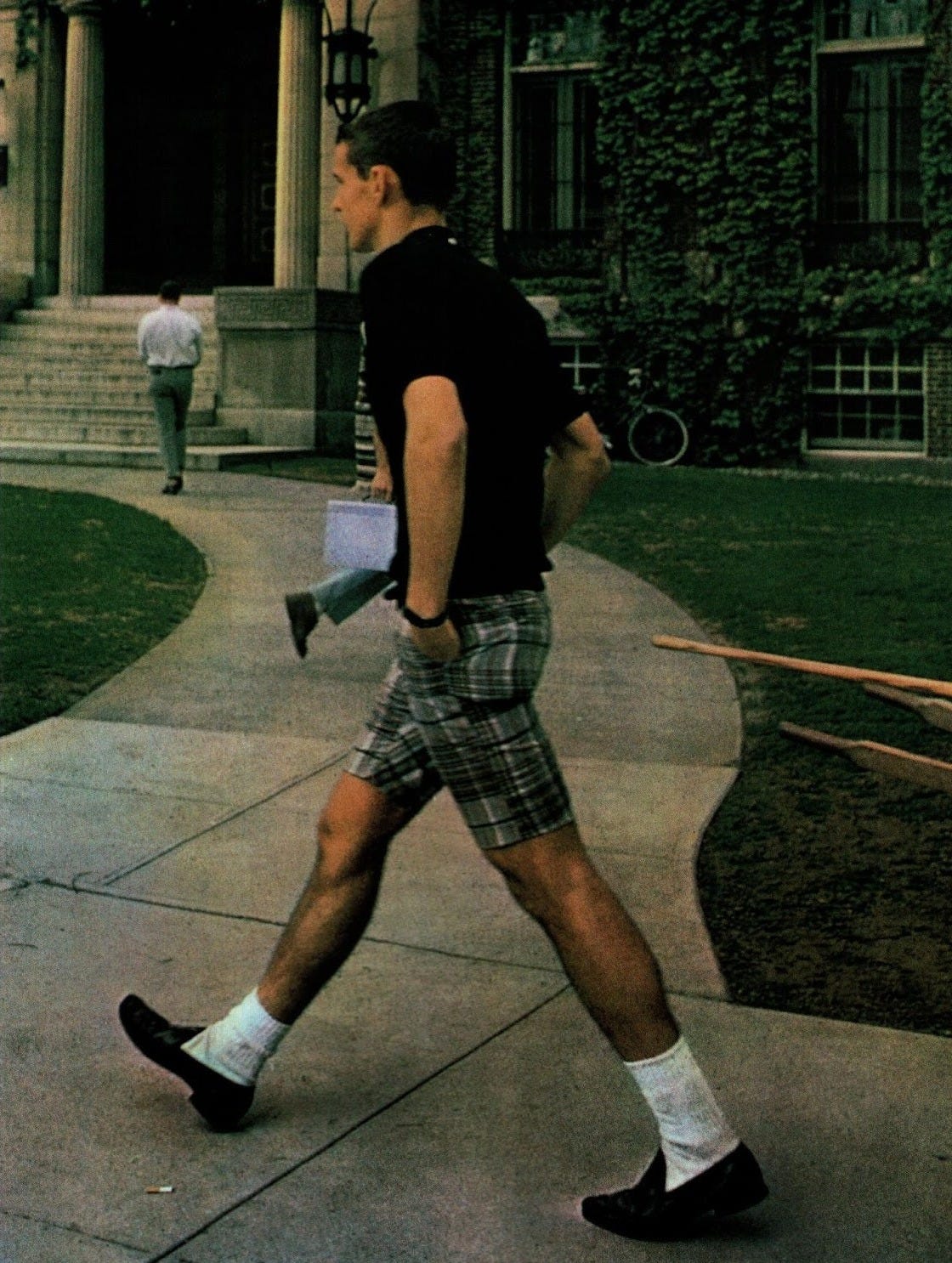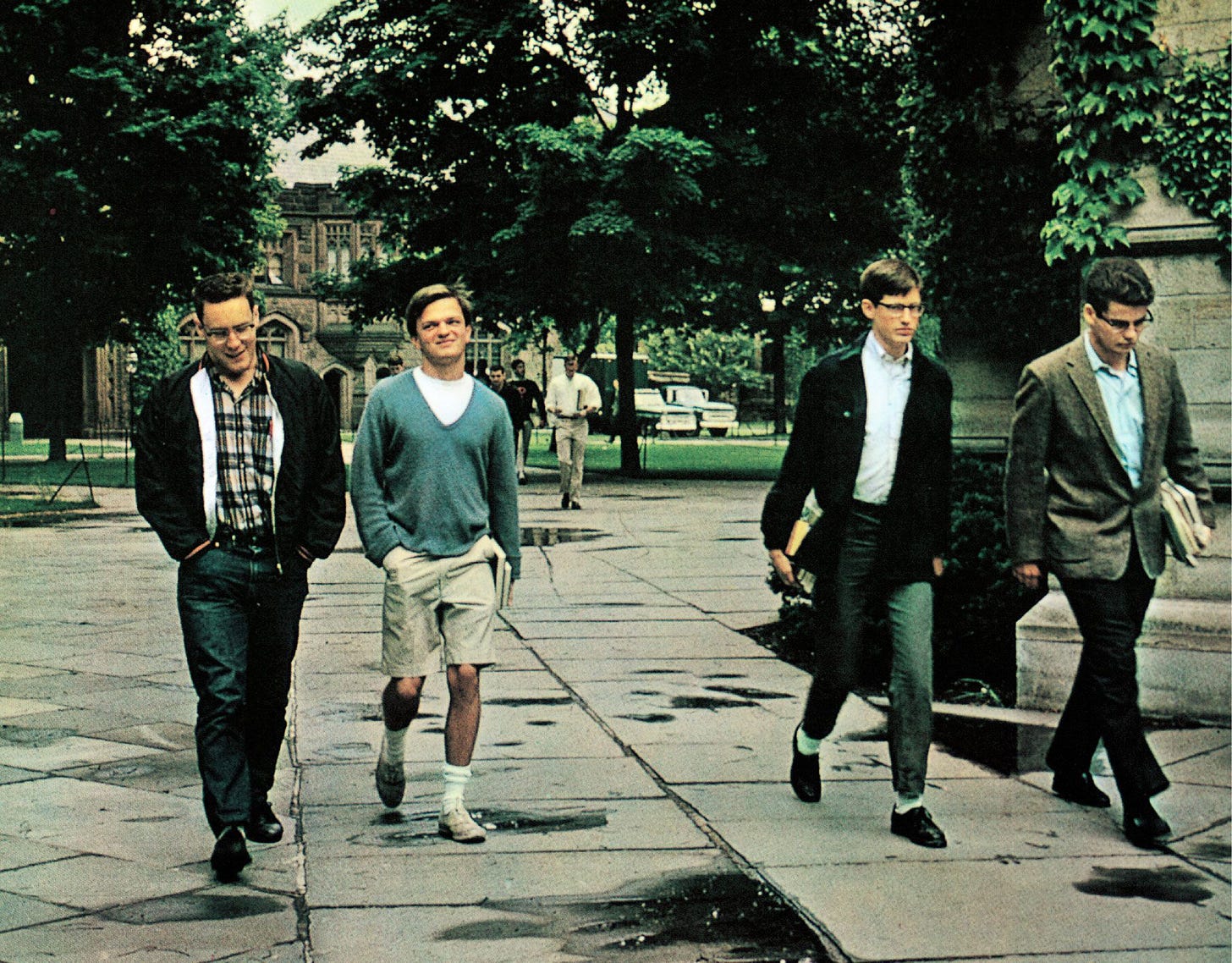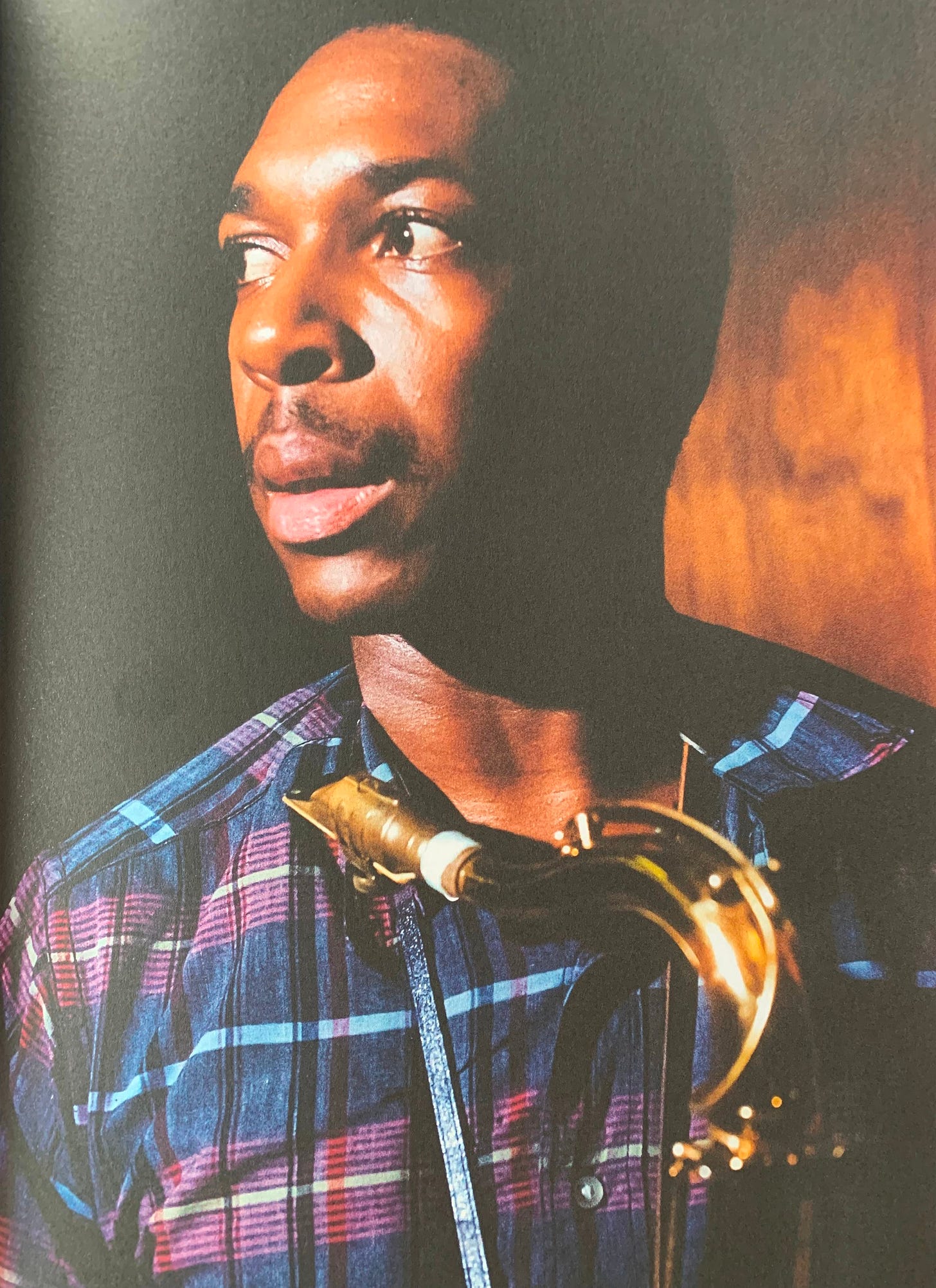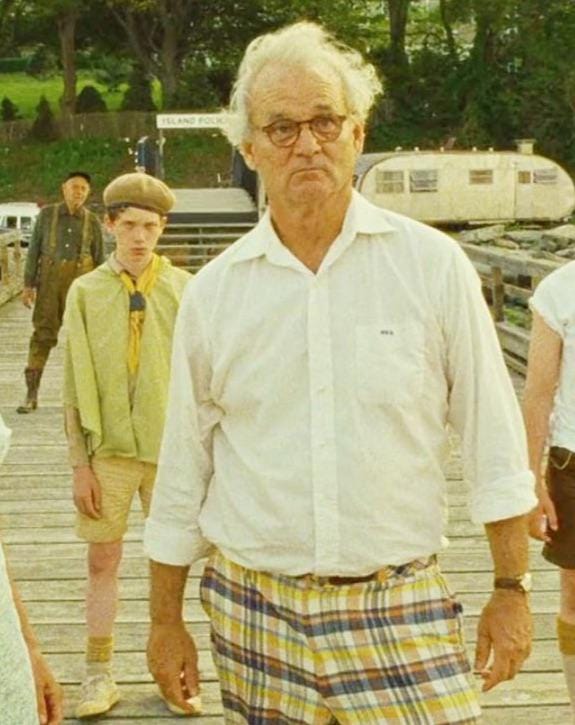How Madras fabric took over the world
Breaking down one of the most iconic fabrics in fashion and how it continues to dominate menswear today.
There’s nothing better than putting on a simple, clean outfit. But to some, a rotation full of simple clothing can begin to feel plain and boring quickly. That’s where subtle color combinations through patterns come in to play.
In today’s newsletter, I wanted to explore one of the most iconic fabrics in fashion, Madras. We’ll check out the history of Madras pattern, how it continues to dominate in the menswear space today, why it’s one of the most important textiles we have, and more.
You’ve seen Madras everywhere, it’s been used in shirts, jackets, hats, shorts, and so much more. The fabric has a long history that dates back hundreds, if not thousands of years.
Since its immersion into western culture in the 20th century, Madras fabric has found itself used by almost every brand, continuing to hold significance in today’s trend cycles. With its roots originating in Prep and Ivy style, to its reinterpretation in streetwear in the modern day, Madras has always been around us since the beginning.

Madras is a cotton patterned yarn-dyed fabric that’s hand-woven in former Madras, now Chennai, India. The Original Madras Trading Company describes it as:
“A pure cotton yarn dyed plain weave cloth with a minimum two color irregular pattern and most importantly, woven in Madras with pure Indian cotton”.
The iconic pattern as it is interpreted today, however, found its way into the US by Elihu Yale—an absolutely unchill colonizer who stole the fabric and brought it back to the states in the late 1800s—around the same time the British East India Company was exploiting the textile.
By the 20th century, Sears started selling shirts with the fabric, and by the late 1950s, Brooks Brothers began selling full men’s Madras collections.
Lightweight, breathable, and colourful, Madras instantly became a summer hit, especially among college campuses. The early days of this are depicted in the iconic menswear book, Take Ivy, where casual Madras shirts and shorts can be seen paired with loafers, sweaters, and blazers. This would allow students to have more playfulness in their style while still abiding by the formal attire requirements in Ivy League schools.
While having casual-like characteristics, the textile is versatile and iconic enough to be recognized and accepted in all sort of dress code settings. It helped that Ivy schools adopted in a more tailored approach first, which then in later years helped the fabric become more casual over time.

Madras was one of the first fabrics that encouraged fading. The natural yarn dyed fabric would bleed, frustrating American customers that were already accustomed to colorfast fabrics.
Retailers ended up turning to advertising legend David Ogilvy, known as the father of advertising, who went on to create a campaign that leaned into the textile’s characteristics instead of hiding them. He created the slogan “Guaranteed to bleed’, to help sooth customers over, and to usher in a completely new fabric characteristic that many fashion enthusiasts would become obsessed with.
Shortly after, Madras clothing began to be sold pre-faded, and the appeal of its bleeding patterns faded with the rise of large-scale, automated clothing production.
What makes a garment timeless isn’t just its inherent beauty or function, but how those qualities were marketed during the emergence of the American modern age. The appeal of wearing in your clothing was understood and reinterpreted in Japan in the 90s, where Americana was fabricated to resemble the original garments that were naturally dyed and hand woven. Since then, the original styles have continued to be reproduced, with unique design iterations that keep Madras in today’s style conversations.

Just like most things in fashion, things come in and out of style, but fabrics like Madras tend to continue living untouched by trend cycles. There has been a recent burst of interest in popularity with this fabric in streetwear, with brands like Supreme, Palace, and Punkandyo releasing their recent collections featuring the textile.
This is also the perfect textile to try out if you’ve never dabbled with multiple colors and/or patterns in your wardrobe. Because of the color possibilities, it’s very easy to find versions that aren’t as loud in color, giving you chance to try something louder in a much more subtle way.
The fabrics thin construction is also perfect for the summer, and with the neverending color combinations, it never gets boring. On top of that, because it’s been around for so long, you’re able to easily find these garments at thrifts and second-hand stores without having to pay higher prices for new ones.
It’s versatility and endless styling possibilities is what continues to drive Madras forward. It’s a fabric that doesn’t get boring. It’s one of the most important fabrics that will continue to dominate the streets, movies and television, brands and various culturals around the world.












Loved this one ! Been looking for madras fabric to make my own shirts for a while